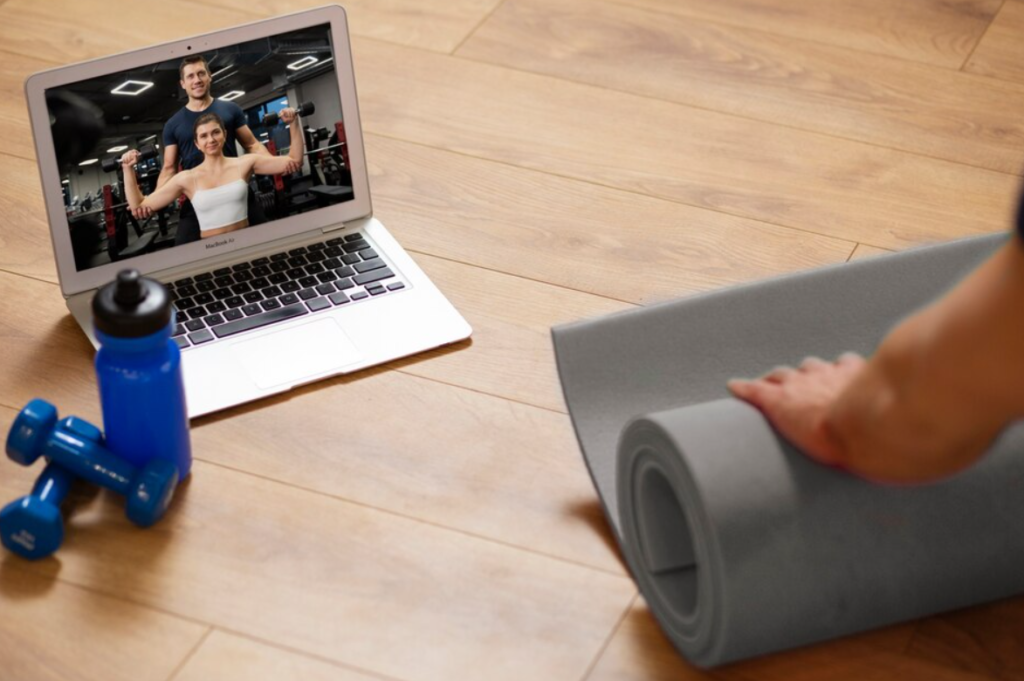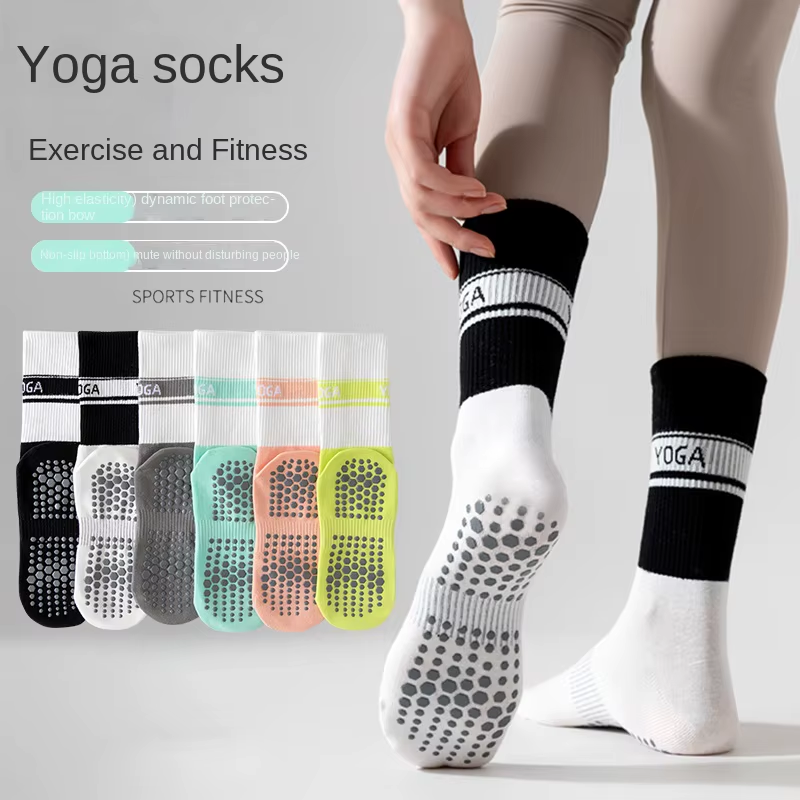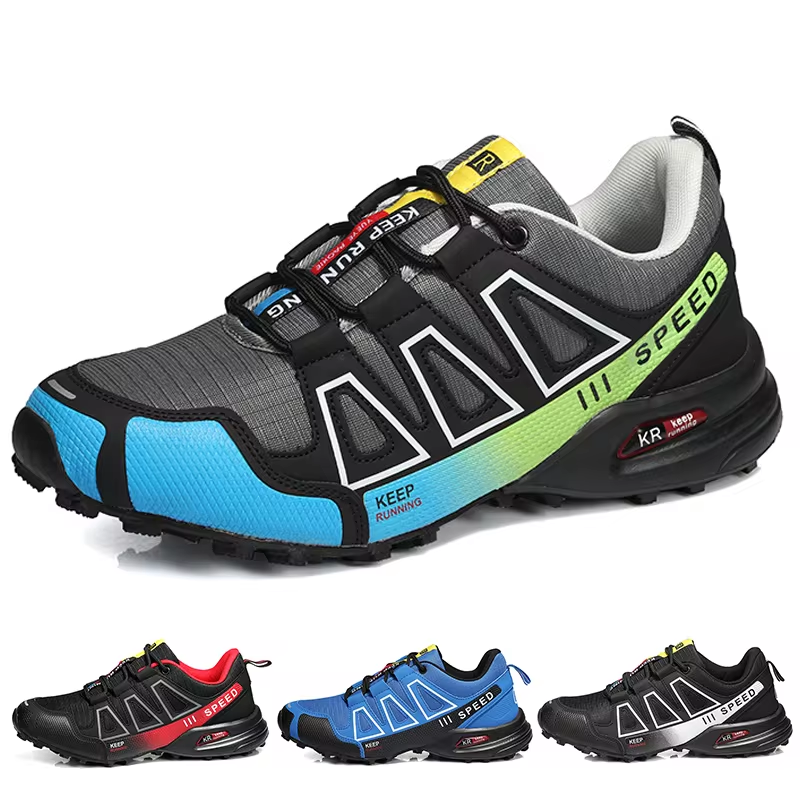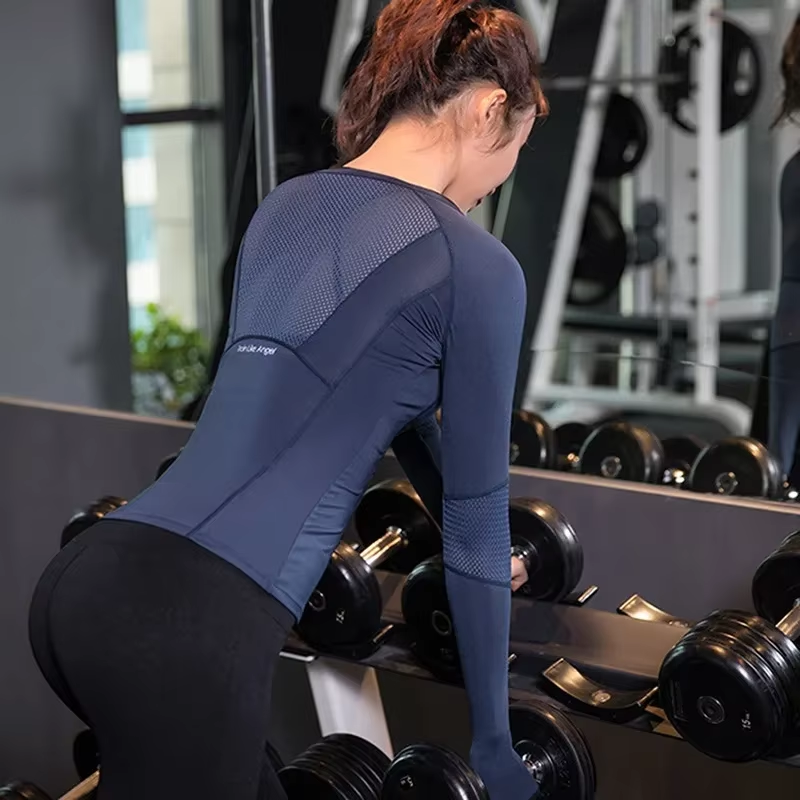The 7 types of strength training cater to various fitness goals and emphasize different aspects of physical development. Each type targets specific adaptations such as muscle size, power, endurance, or overall strength. Here’s an overview:
1. Muscular Endurance Training
- Goal: Increase the ability of muscles to sustain repeated contractions or maintain a contraction over time.
- Characteristics:
- Higher reps (12–20+).
- Lighter weights.
- Short rest periods (30–60 seconds).
- Example Exercises: Bodyweight squats, push-ups, planks, light dumbbell circuit training.
- Best For: Athletes in endurance sports (e.g., runners, swimmers) and individuals focusing on stamina and general fitness.
2. Hypertrophy Training
- Goal: Increase muscle size (muscle hypertrophy).
- Characteristics:
- Moderate to heavy weights.
- 6–12 reps per set.
- Moderate rest periods (60–90 seconds).
- Example Exercises: Bench press, barbell rows, dumbbell curls, leg press.
- Best For: Bodybuilders, fitness enthusiasts seeking aesthetic goals, or anyone aiming to build muscle mass.
3. Maximal Strength Training
- Goal: Maximize the force a muscle group can exert in a single effort.
- Characteristics:
- Heavy weights (80–100% of 1-rep max).
- Low reps (1–5).
- Long rest periods (2–5 minutes).
- Example Exercises: Deadlifts, squats, bench press, overhead press.
- Best For: Powerlifters, athletes in sports requiring raw strength (e.g., wrestling, football).
4. Explosive Power Training
- Goal: Develop the ability to generate maximum force in the shortest possible time (power = strength × speed).
- Characteristics:
- Light to moderate weights moved quickly.
- Low reps (3–6).
- Long rest periods (2–5 minutes).
- Example Exercises: Power cleans, kettlebell swings, jump squats, medicine ball throws.
- Best For: Athletes in explosive sports (e.g., sprinters, basketball players, martial artists).
5. Circuit Training
- Goal: Combine strength training and cardiovascular fitness by performing a series of exercises with minimal rest.
- Characteristics:
- Multiple exercises targeting different muscle groups.
- High reps (10–20).
- Minimal rest between sets (15–60 seconds).
- Example Exercises: A circuit of push-ups, squats, burpees, and planks.
- Best For: General fitness, fat loss, and time-efficient workouts.
6. Functional Strength Training
- Goal: Improve strength for everyday activities and movements, focusing on balance, coordination, and stability.
- Characteristics:
- Exercises mimic real-life movements.
- Moderate weights and reps (8–12).
- Incorporates multi-plane movements and core engagement.
- Example Exercises: Farmer’s carries, kettlebell swings, single-leg deadlifts, TRX rows.
- Best For: Individuals looking to enhance overall functionality and prevent injuries.
7. Isometric Strength Training
- Goal: Build strength through static contractions without changing muscle length or joint angle.
- Characteristics:
- Hold positions for a specific duration (10–60 seconds).
- No movement during the exercise.
- Example Exercises: Plank holds, wall sits, isometric lunges, grip holds.
- Best For: Improving stability, joint health, and strength in specific positions.
Choosing the Right Type
The best type of strength training depends on your goals:
- Muscle size? Focus on hypertrophy training.
- Raw strength? Choose maximal strength training.
- Athletic performance? Incorporate explosive power and functional training.
- Endurance? Stick to muscular endurance training or circuit training.
Would you like help creating a plan tailored to one of these types?




